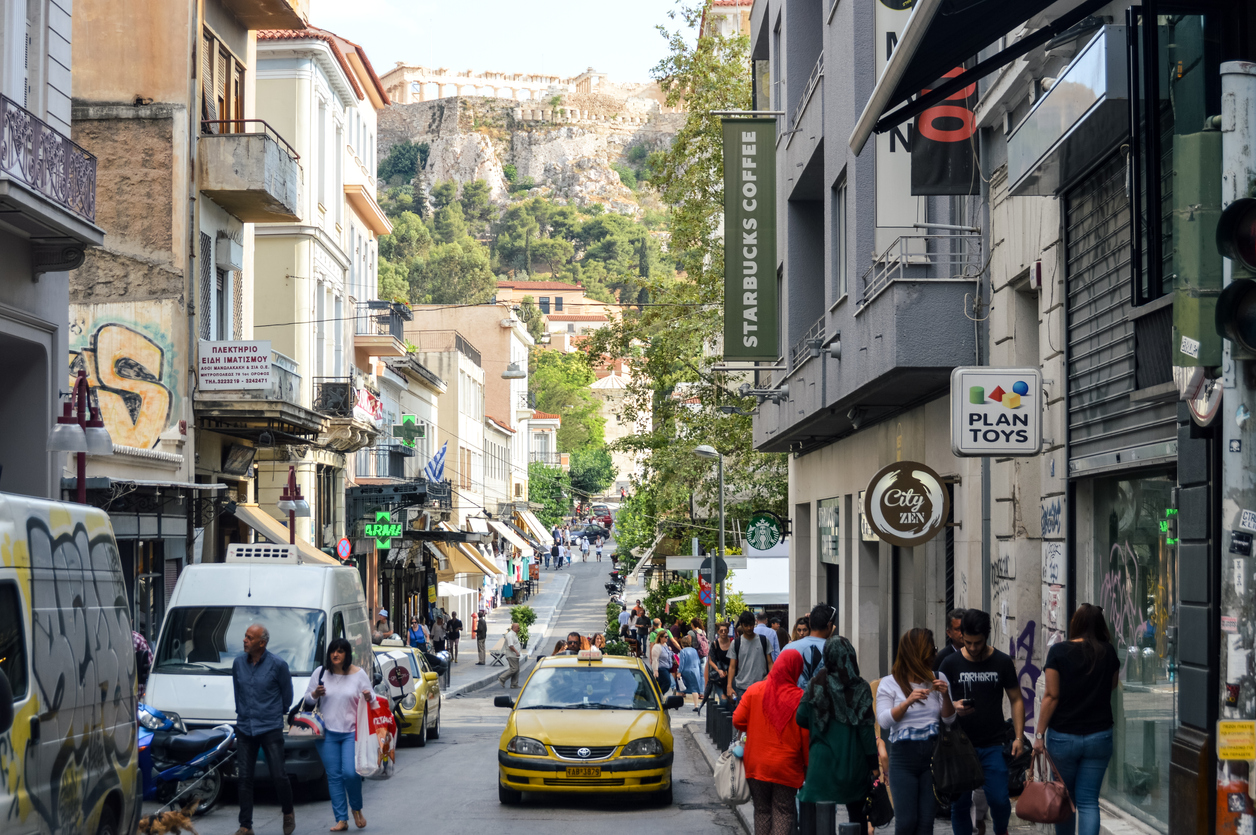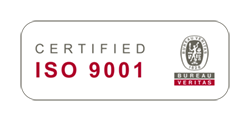- Solutions
- Innovation
- Software
Get Aimsun Next
Use Aimsun Next
About Aimsun Next
- About
Road safety for all: how the PHOEBE project is enhancing traffic simulation to forecast infrastructure safety
Published on April 30, 2024

Marcel Sala
Scientific Researcher at Aimsun

More than 20,000 road fatalities happened in 2022 in Europe alone [1]. Thus, joint European efforts are enshrined in the European Commission ‘vision zero’, which aims to eliminate road fatalities and serious injuries to zero by the year 2050. The Phoebe Project funded on the Horizon Europe programs and UKRI is part of the research and improvements needed to achieve such an ambitious goal. If you want to read a general overview of the project, we have a post that addresses just that: Road safety for all: how transport simulation can help predict and prevent blackspots – Aimsun. In this follow-up article, we will update you on the progress we’ve made in the project in terms of simulation and forecasting.
PHOEBE partners have been working on the fundamentals of how to build the promised improvements in modelling and simulation, based on three pillars:
- Developing new behavioral models,
- Estimating mode shift when better infrastructure is available for a given mode of transportation,
- Integrating the risk assessment methodologies from our project partner, iRAP, into simulation.
Let’s take these one by one.
Developing new behavioral models
The consortium member, Delft University of Technology, is leading the work on behavioral models. The potential work pending in this field in terms of safety is practically unlimited, so to narrow the scope, the focus is limited to three safety-critical behavioral improvements:
- Speeding,
- Jaywalking,
- Red light violations for micromobility users and pedestrians.
By modelling these behaviors, we expect to have a more realistic risk assessment, at least with respect to deaths and serious injuries.
Currently, models are conceptualized and work on refining and integrating them has started by drafting the software architecture necessary to add them into the Aimsun Next simulation platform. New datasets are being collected and need to be analyzed before the models can be properly refined and calibrated, and then the validation process within the simulation platform will take place.
Modal shift and Induced demand
Mode shift means to address the demand shift when a new mode of transportation is improved. This work is led by Technical University of Munich, and has many layers of complexity, so we will start with an example:
Let’s say you built a good quality new cycling lane, one that provides proper traffic separation and has priority on intersections. This will probably attract demand from users of other modes that didn’t want to cycle before because it was too slow, too dangerous, or not appealing enough in comparison to, let’s say, driving a car. Naturally, the nice new cycle lane will induce some people to choose cycling instead of driving or walking. Also, the new infrastructure can induce new trips that didn’t exist before. This must be accounted for in the simulation, otherwise the estimates for safety will not be accurate.
This kind of permeability between modes will happen between any pair of transportation modes, and it needs to be quantified in terms of how many people shift from one mode to another.
This is important for the PHOEBE project as accurate numbers of travelers for each transportation mode are required to carry out an accurate risk estimation, since all of them have different risks. Additionally, PHOEBE needs to assess if a given infrastructure change has true positive impact on society or not. For example, if we add more lanes to a street to reduce congestion, this is in principle a good outcome, but what if the extra lanes increase traffic and risk at pedestrian crossings due to people having to cross more lanes? If the increased cost due to risk (and more driving), outperform the benefits, then this is not a positive outcome for society, and we need to check other types of infrastructure improvement.
Risk assessment
To close the circle, we need better information on infrastructure risk (or safety) inside the simulation platform. We can compute metrics, like time to collision, to dynamically assess the level of risk, but the simulation models are models with incomplete infrastructure information. To address this, the safety assessments performed by our project partner, iRAP, will be integrated into the Aimsun Next simulation platform. This will not only provide a single platform for visualizing all data, but also give access to detailed infrastructure risk information that will be dynamically updated, being useful for the previous two components we described. In turn, this will be updated with the data coming from the new behavioral models and mode shift.
Aimsun’s role in this part of the project is to coordinate with other partners to integrate all these different components into Aimsun software and make sure they are compatible. This will enable PHOEBE project to have an all-in-one software where this will be executed and analyzed.
For further information, deliverables, and regular content updates, visit the PHOEBE homepage

